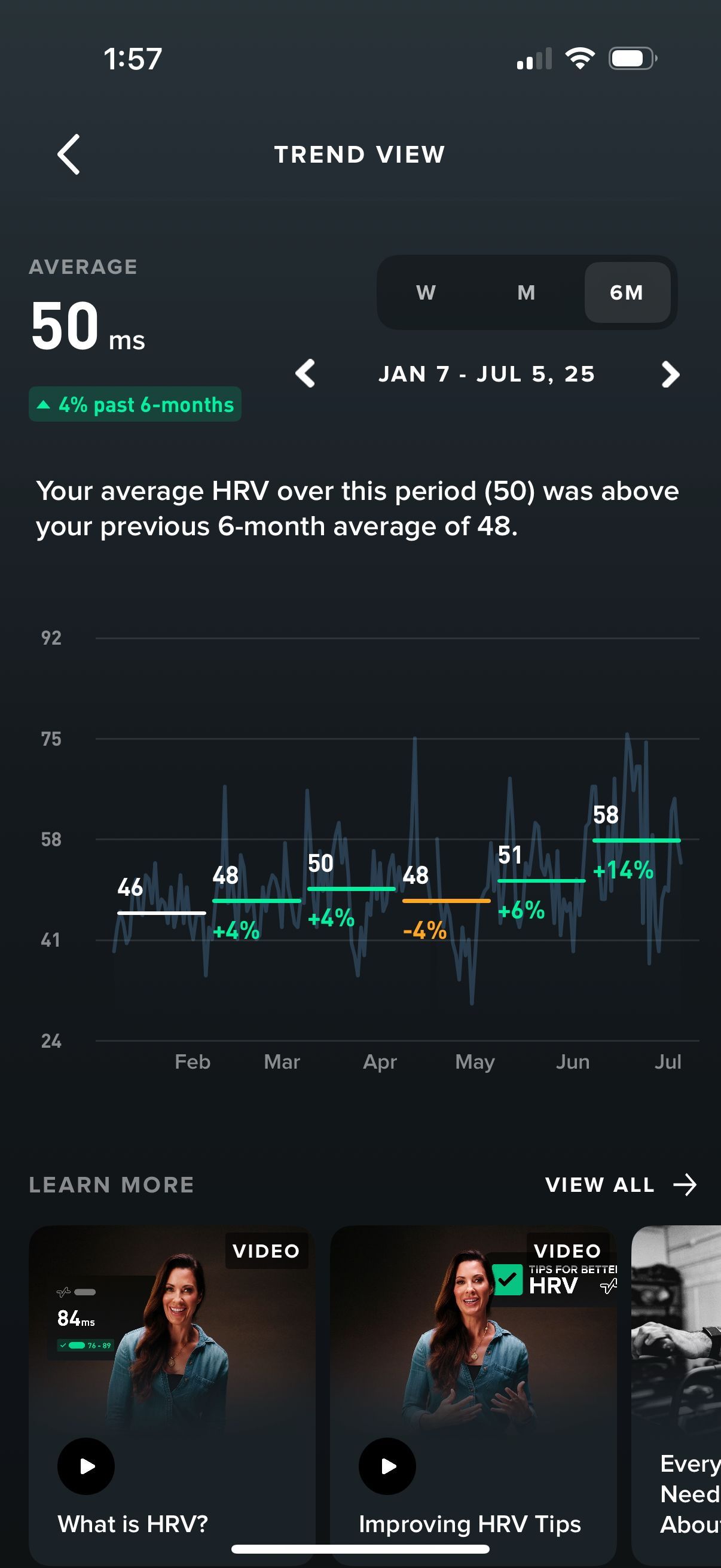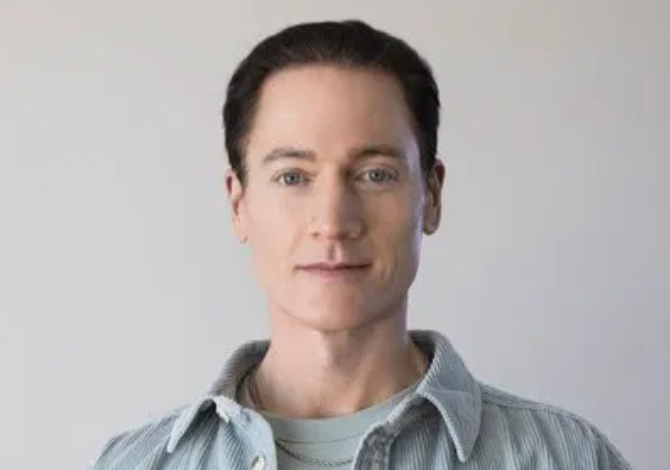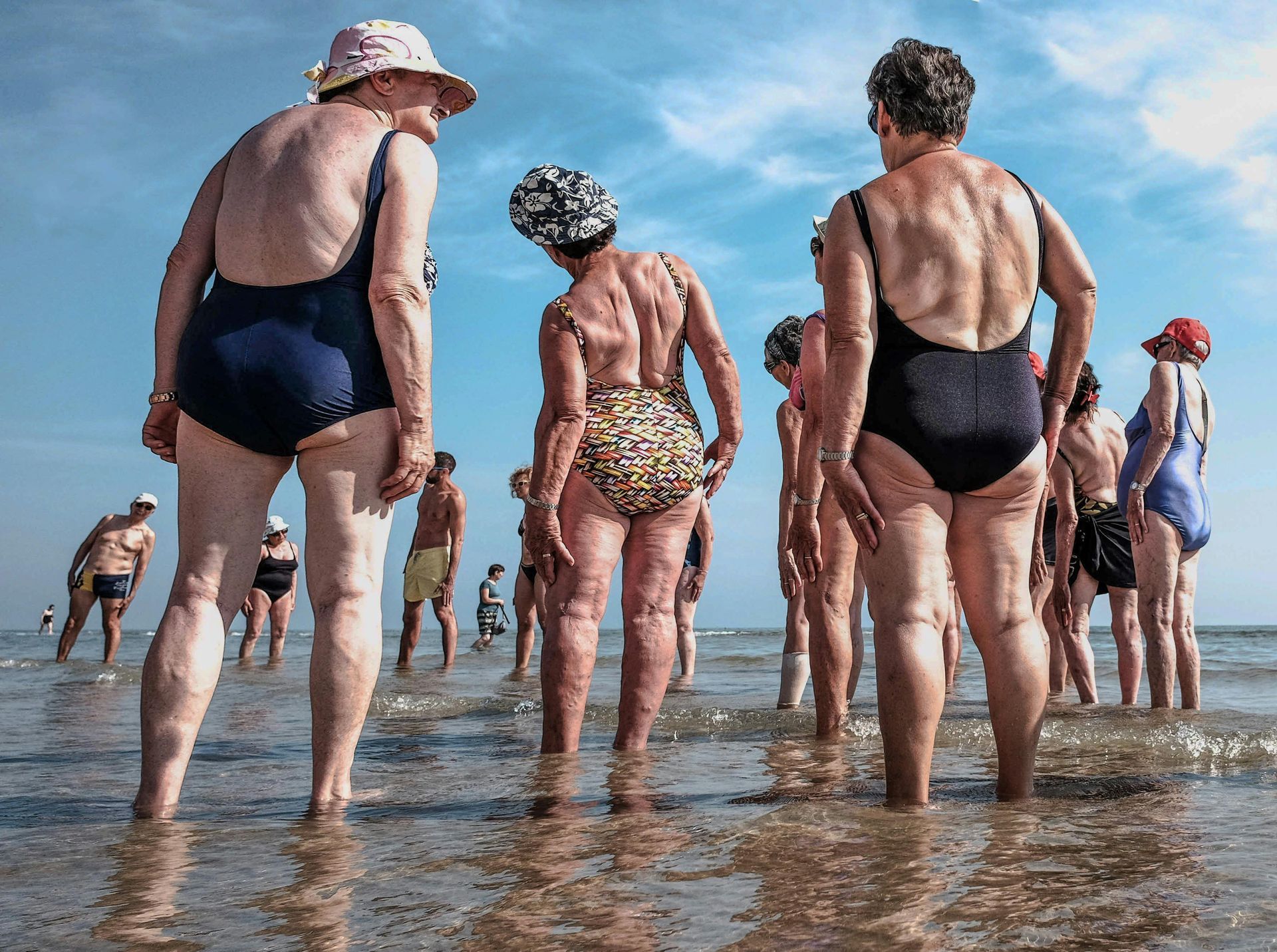The Stories We Tell About Health and Aging
There’s something fascinating about watching my parents interact with their grandkids. At 70+, they’re on the floor playing, running after them in the yard, or lacing up for a 10K like it’s just another Saturday. They golf almost daily, do the Peachtree Road Race every 4th of July, and still somehow seem more agile than folks 20 years younger. This isn’t the picture many of us were taught aging should look like—but maybe that’s the point.
For so long, we’ve accepted a particular script about what it means to grow older. One where energy wanes, strength diminishes, and our best days are behind us. But what if aging isn't just a biological timeline, but also a psychological story—a narrative we’ve been taught to believe?
Ellen Langer’s “Reverse Aging” Experiment
Psychologist Ellen Langer once ran an experiment that feels almost like a scene from science fiction. In 1979, she invited a group of elderly men to live in a retreat designed to replicate life in 1959. Everything—from the music and newspapers to the television shows and decor—was a time capsule from two decades earlier. The twist? The men were told to act as if it actually was 1959.
And something remarkable happened.
After just one week, the participants showed measurable improvements in strength, posture, flexibility, even hearing and vision. They walked with greater confidence. One group photo taken at the end of the study was so compelling, a new observer guessed the men were younger after the retreat than they appeared in photos before it. Langer’s conclusion? Our minds deeply influence our physical state. When we stop acting old, we stop feeling old—and our bodies often follow.
A Tale of Two Generations
I’ve seen this truth play out in my own family. My grandparents and great-grandparents lived into their 90s and even to 100, which is incredible longevity. But their final decades were marked by fragility and immobility. They mostly stayed seated. Lifting grandkids was out of the question. The mindset was: “This is just what happens when you get old.”
My parents, on the other hand, never subscribed to that story. They’ve rewritten the narrative for what 70 looks like—and what it can feel like. They never question whether they should run, golf, or play tag. They just do. The difference? Yes, some of it is due to physical habits—but much of it is belief.
They never bought into the cultural story that says aging = decline. Instead, they wrote their own.
The Myth of the Slowing Metabolism
Here’s another story we’ve all heard: metabolism slows as you age. It’s framed as inevitable—as if, somewhere around 40, your body decides to run a little slower just because.
But here’s the thing: science says otherwise.
A groundbreaking international study that tracked over 6,500 people across a wide age range found that our metabolism remains remarkably steady from our 20s all the way into our 60s. The culprit for that creeping sluggishness? Not age—but muscle loss. As we get older, if we become less active, we lose lean mass—and it’s that lean mass that keeps our metabolism humming.
In other words, your metabolism doesn’t slow down because the calendar says so. It slows down because you stop moving, stop lifting, stop challenging your muscles. And here’s the kicker: if you don’t stop—if you do the work to maintain muscle—you can preserve your metabolic engine well into later life.
So next time someone chalks up weight gain or fatigue to “just getting older,” know that it’s not destiny. It’s a choice, rooted in a story that no longer holds up to scrutiny.
Changing the Script
The stories we inherit—from doctors, media, even our own families—shape how we live. And when those stories are built around limitation and inevitability, they can quietly become self-fulfilling. If we expect to slow down, we will. If we assume we’re too old to try something new, we won’t.
But the opposite is also true.
When you believe you can thrive at any age—when you treat your 60s, 70s, and 80s as full of potential rather than decline—you start to act in ways that reinforce that belief. You say yes to movement. You stay curious. You reach for weights instead of excuses.
The Five Pillars—and One More
Yes, we need to invest in the fundamentals of health:
- Fitness—move your body, build strength
- Nutrition—fuel wisely, eat for longevity
- Sleep & Recovery—honor rest
- Stress Management—stay grounded
- Social Connection—stay engaged with others
But there’s a sixth, often overlooked pillar: the story you tell yourself about your age.
Because even with perfect habits, if you believe you’re “too old” to matter, too old to grow, or too old to feel good—you’re putting a ceiling on your own potential.
Final Thoughts: The Power to Choose Your Narrative
We don’t control everything about aging. But we do control the mindset we bring to it. And mindset, as research and real-life have shown, is not a passive lens—it’s an active force.
You get to choose the story. You get to decide whether “70” means winding down or gearing up for new adventures. You get to believe, as Langer’s work suggests, that we are far more capable than the age on our driver’s license would have us think.
So if you care about your health, absolutely commit to the five pillars. But don’t forget the most powerful tool you have: your story.
Because how we age starts, quite simply, with how we think we can.











